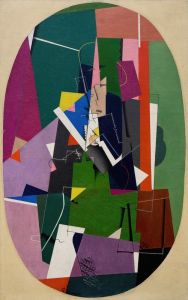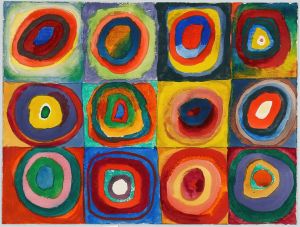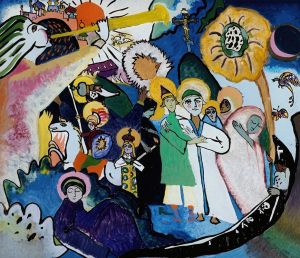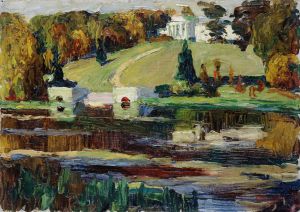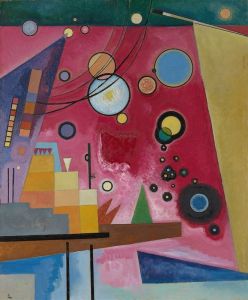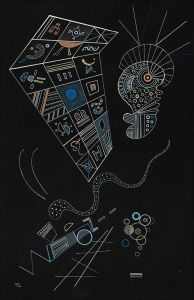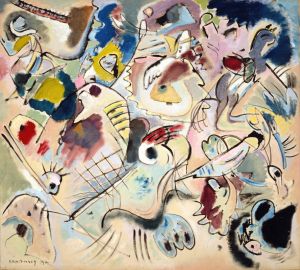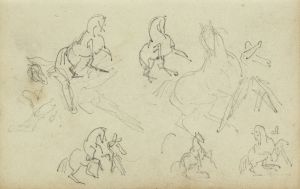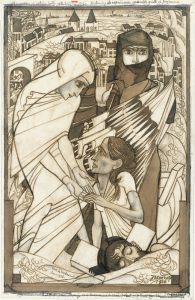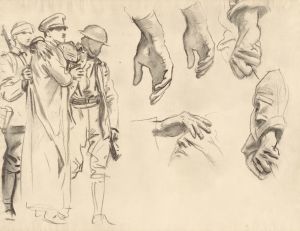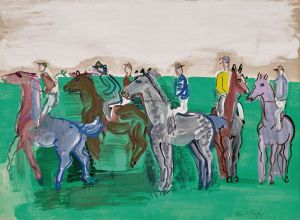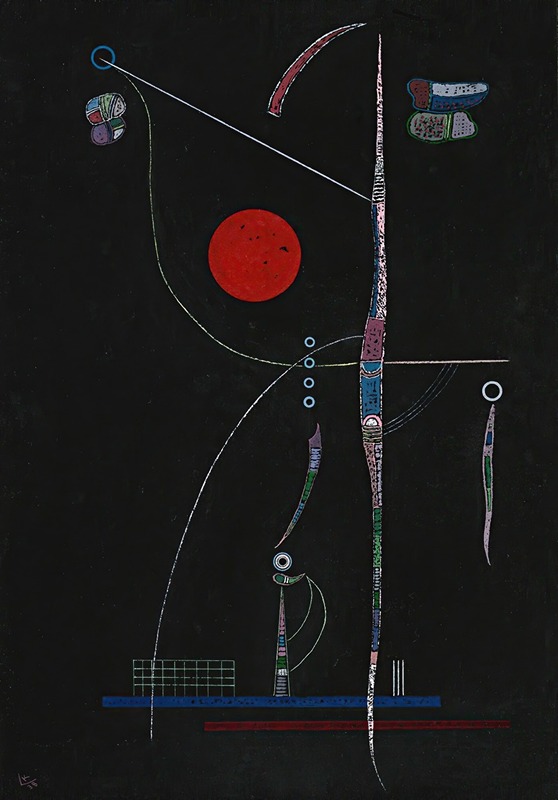
L’accent Rouge
A hand-painted replica of Wassily Kandinsky’s masterpiece L’accent Rouge, meticulously crafted by professional artists to capture the true essence of the original. Each piece is created with museum-quality canvas and rare mineral pigments, carefully painted by experienced artists with delicate brushstrokes and rich, layered colors to perfectly recreate the texture of the original artwork. Unlike machine-printed reproductions, this hand-painted version brings the painting to life, infused with the artist’s emotions and skill in every stroke. Whether for personal collection or home decoration, it instantly elevates the artistic atmosphere of any space.
Wassily Kandinsky, a pioneering figure in abstract art, created "L’accent Rouge" in 1924. This painting is a significant example of Kandinsky's mature style, which is characterized by a complex interplay of geometric shapes, vibrant colors, and dynamic compositions. Kandinsky, originally from Russia, was deeply influenced by the artistic movements of his time, including Impressionism, Fauvism, and later, the Bauhaus school where he taught.
"L’accent Rouge" translates to "The Red Accent," which is indicative of Kandinsky's use of color to evoke emotion and meaning. In this painting, Kandinsky employs a bold red shape that stands out against a backdrop of softer hues and intricate forms. The red accent serves as a focal point, drawing the viewer's eye and creating a sense of balance and tension within the composition. This use of color is a hallmark of Kandinsky's work, reflecting his belief in the spiritual and emotional power of color.
Kandinsky's approach to art was heavily influenced by his synesthetic experiences, where he could perceive colors as sounds and vice versa. This unique perception informed his artistic philosophy, which he articulated in his seminal work, "Concerning the Spiritual in Art." In this text, Kandinsky argued for the importance of abstraction as a means to transcend the material world and connect with deeper spiritual truths. "L’accent Rouge" embodies these ideas, as it eschews representational forms in favor of an abstract language that speaks directly to the viewer's emotions.
During the time "L’accent Rouge" was created, Kandinsky was associated with the Bauhaus, a revolutionary art and design school in Germany. The Bauhaus emphasized the integration of art, craft, and technology, and Kandinsky's work during this period reflects these principles. His paintings from the Bauhaus era, including "L’accent Rouge," often feature precise geometric shapes and a harmonious balance of form and color, demonstrating the influence of the school's ethos on his art.
Kandinsky's contribution to the development of abstract art cannot be overstated. His work laid the groundwork for future generations of artists who sought to explore the possibilities of non-representational art. "L’accent Rouge" is a testament to his innovative spirit and his commitment to exploring the emotional and spiritual dimensions of art through abstraction.
Today, Kandinsky's paintings are celebrated worldwide, and "L’accent Rouge" is regarded as an important piece within his oeuvre. It exemplifies his ability to convey complex ideas and emotions through a visual language that is both personal and universal. As with much of Kandinsky's work, "L’accent Rouge" invites viewers to engage with the painting on an intuitive level, allowing them to experience the interplay of color, form, and emotion in a uniquely personal way.





